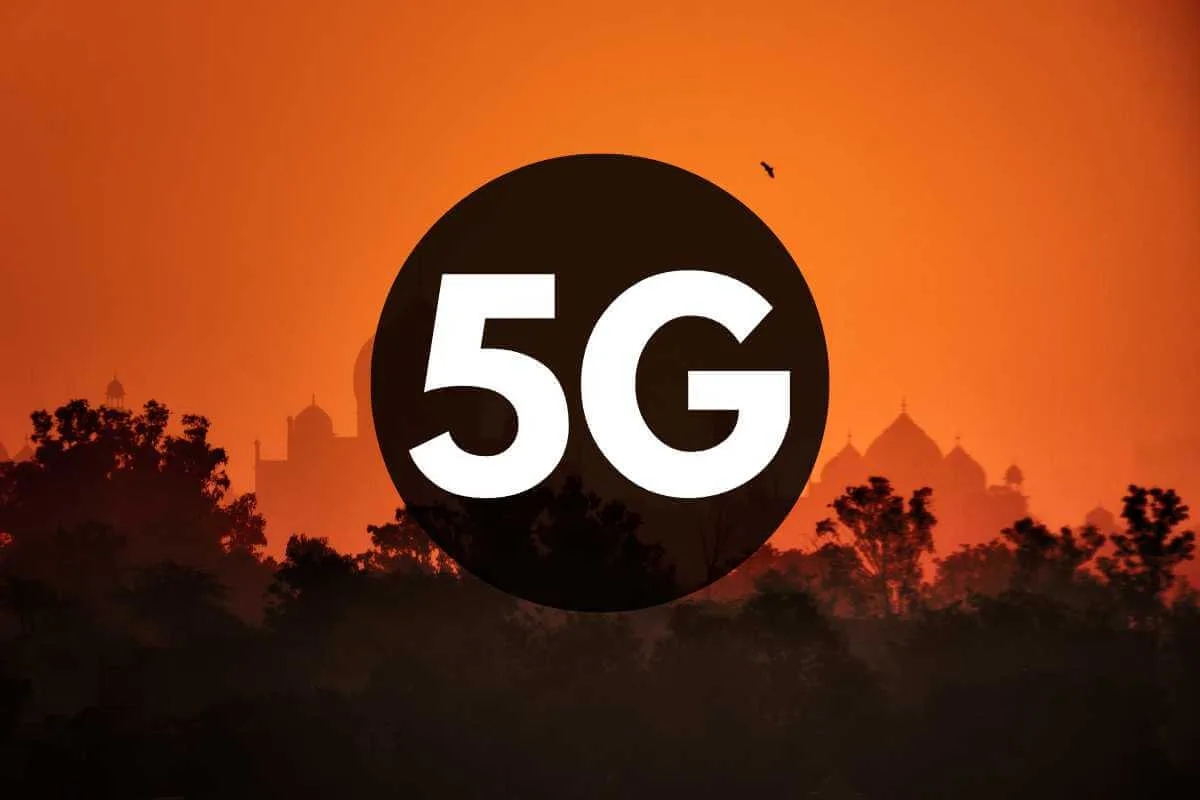
The Indian government has reportedly relaxed electromagnetic field (EMF) norms for 5G networks, increasing the power density limit for base stations from 1 watt per square meter to 5 watts. Effective February 1, this move is expected to lower costs, accelerate network rollouts, and improve service quality for telecom operators. With this change, the government has partly addressed a long-standing industry demand that will allow telecom operators to cover more areas with fewer base stations, thereby reducing both costs and their carbon footprint, according to an ET report.
Also Read: Airtel to Expand 5G in Rural Areas with Cost-Effective Spectrum Strategy: Report
ICNIRP guidelines
"As per the revised rules, the power density requirement for a 5G base tower station (BTS) has been increased to 5 watts per square metre from 1 watt, which essentially means the signals can travel a longer distance. The revised rules are still more stringent than global guidelines," officials said, according to the report.
The ICNIRP provides guidance to the World Health Organisation and government agencies on the health and environmental impacts of EMF. Both the WHO and the International Telecommunication Union advocate for the adoption of ICNIRP guidelines on EMF exposure, and 137 countries have already implemented these standards.
Key Highlights:
- Broader Coverage: The revised norms will allow 5G signals to travel farther, reducing the need for additional base stations by up to 40 percent. For instance, mid-band sites can now cover 5-6 km, up from 3-4 km previously.
- Cost and Environmental Gains: Fewer base stations mean reduced capital expenditure, lower energy consumption, and a smaller carbon footprint.
- Support for Advanced Features: Technologies like beamforming and massive MIMO can now be fully utilised, enhancing network performance.
"The telcos can submit self-certificates based on the new EMF norms from February onwards," the report quoted an official as saying.
Also Read: Department of Telecommunications Raises Awareness on EMF Radiation
Stricter EMF norms in India
India's EMF norms, which were stricter than international standards, posed challenges for 5G deployment due to higher frequency bands requiring more base stations. The revised rules align more closely with global standards, though they remain stricter than the 10 watts per square metre recommended by the International Commission for Non-Ionising Radiation Protection (ICNIRP).
Officials reportedly said that the current EMF rules in India might have worked for 2G and 3G technology but for 5G these are putting some challenges. "5G operates at higher frequency bands and due to RF attenuation, the cell site coverage reduces in 5G operating at higher frequencies," said an official.
For example, in the mid-band (3300 MHz), which is the primary 5G band in India, and the 2300 MHz band, a mobile site can cover a radius of 3-4 km. However, if the EMF regulations align with global standards, the same site could reach up to 5-6 km. For bands like 700 MHz, a mobile site can cover approximately 10 km, but with regulatory changes, this coverage could be extended to about 15 km.
"The existing EMF norms also reduce the operator's ability to fully leverage the new technology features such as beam forming and massive MIMO. Overall, this results in non-optimal quality of service," the report quoted a second official as saying.
Also Read: Vodafone Idea to Launch 5G in 75 Cities, Targets Market Reclaim with Cheaper Plans: Report
Health and Safety
India adopted the ICNIRP guidelines in 2008 to set basic restrictions and reference limits for EMF radiation from mobile towers, incorporating an additional clause into the license. However, in 2012, as a precautionary measure, the regulations were made stricter, reducing the limits to one-tenth of the levels prescribed by ICNIRP.
Indian telecom operators now emphasise that no health effects related to EMF have been observed in countries that have adhered to ICNIRP guidelines over the years, and they argue that the same standards should be implemented in India for 5G, the report said.















